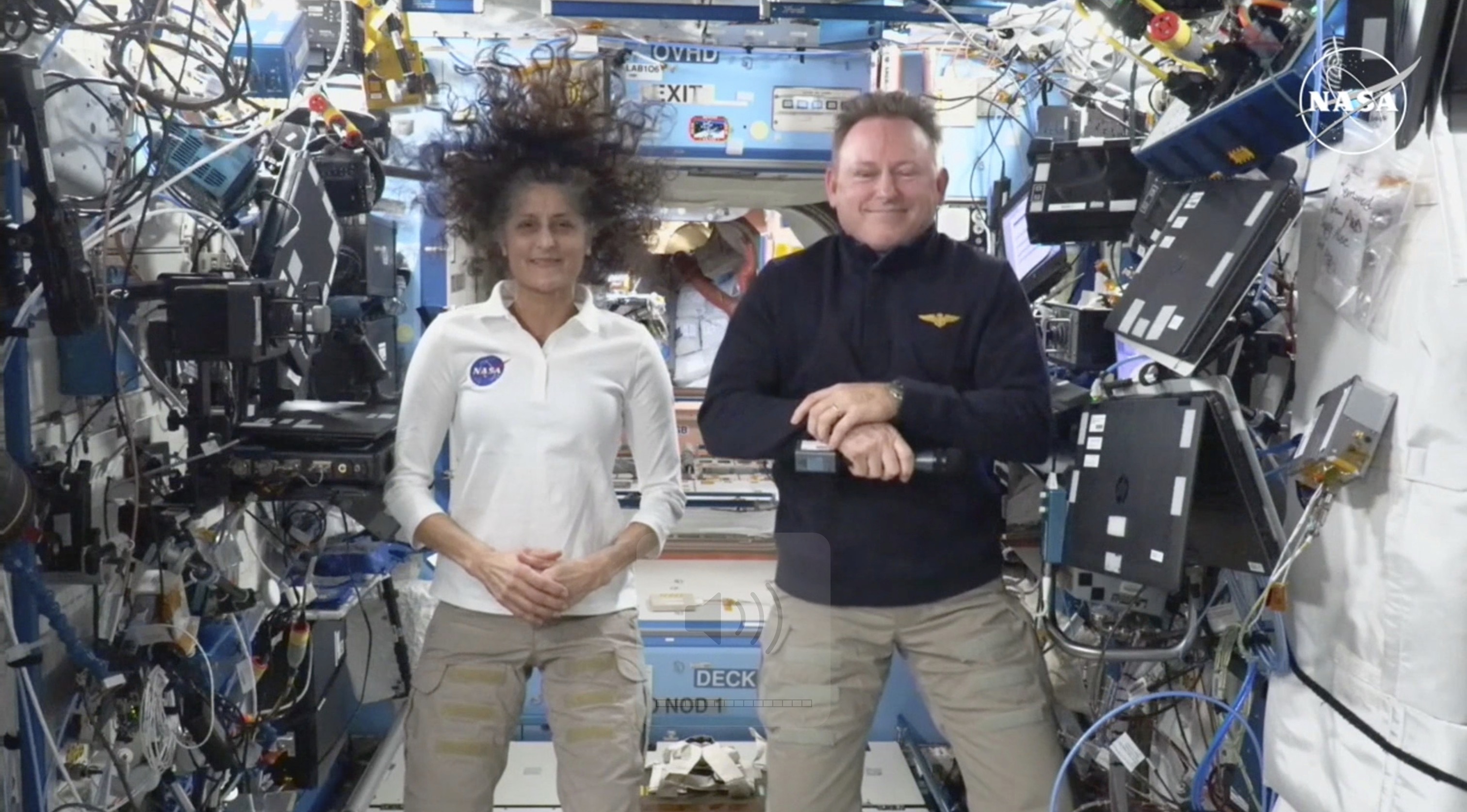NASA is no stranger to spacefaring robots. But the first human-shaped robot to fly to the International Space Station is something special.
That's why the Smithsonian's National Air and Space Museum is displaying Robonaut 2 at the Udvar-Hazy center in Virginia.
Though eight of the humanoid robots were built, the one on display is the only one to travel to space. NASA created Robonaut 2 in partnership with GM, and the Discovery shuttle delivered the robot to the International Space Station in 2011, during the shuttle's final mission.
Robonaut 2 was designed to help astronauts with tasks that were either too risky or too time-consuming for humans to perform. That included inventory and cleaning, NASA said.
The Hurricane season is on. Our meteorologists are ready. Sign up for the NBC 6 Weather newsletter to get the latest forecast in your inbox.
The space agency says it's just the beginning of using robots in space.
"If we're going moon to Mars, a lot of our assets that we will have on the moon or in orbit around the moon won't normally be crewed," said Julia Badger, a former Robonaut project manager. "And so doing the maintenance and inspections and the things that we just have crew doing all the time on the ISS won't happen unless we have robots there."
Robonaut 2 is on display as of October 24, but is not operational while on display and cannot move. However, the exhibit includes video of the robot doing its various jobs in space.
The robot is expected to stay on display at the Udvar-Hazy center for at least a few years. And there's something special about Robonaut 2's placement in the center:
"The coolest thing about being in this spot is that he's pointing at his ride to space, Discovery," Badger said.




